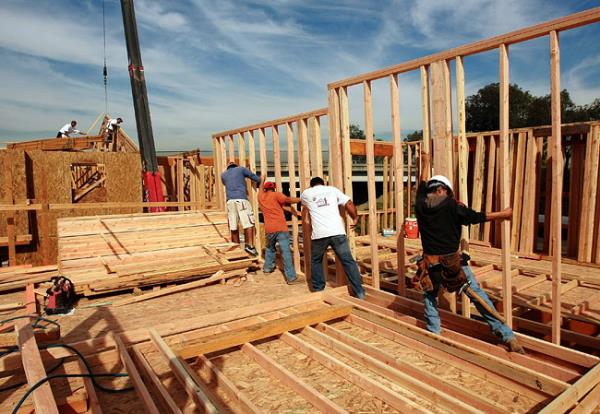
NEW YORK, NY - The risk of class-A overbuilding is rising in some submarkets, Fitch Ratings says. The concentration of high-end construction in 12 metro areas is intensifying and new supply in the student housing sector continues to break records. However, we do not expect the stress in multifamily asset performance to have an overall impact on ratings.
The majority of new multifamily construction is concentrated in just 12 metro areas. By far, the most common type of construction is in the class-A segment in the higher rent neighborhoods. Asking rents increased by 4.6% in 2015 and are forecast to increase by 3.4% in 2016 according to Reis reports. If the pace of rent increases continues to fall, this concentration could compound downward rent pressure on rents in those areas. Currently, however, the impact of new supply is relatively muted, as asking-rent gains remain strong and vacancy rates are still low (although increasing).
Metro areas with exposure to the oil and gas industry may carry an additional risk. Dallas and Houston, two of the markets with large amounts of new multifamily construction, have diversified their markets in the wake of past energy market crises. That has muted the impact of the current declines in the energy sector so far. However, the longer term impact remains to be seen.
New supply in the student housing subsector has reached record levels in recent years. In 2015 approximately 48,000 beds were delivered and a similar amount is forecast for this year. While individual properties have begun to exhibit performance deterioration due to occupancy declines, we expect overall student housing vacancies will hover around 2% for 2017. We have seen some properties with increased expenses, deferred maintenance, and/or average rent declines.
We believe some of these pressures may be related to superior and newer properties that have entered their submarkets during the rise in construction, as well as declining enrollment at certain institutions. The American Association of Community Colleges found distance-education enrollments accounted for nearly all recent student growth at two-year institutions from fall 2013 to fall 2014. Over the longer run, the trend toward off-campus learning options may lower overall demand for student housing.
Vacancy rates in the multifamily sector have risen by small increments but are forecasted to remain benign overall. Reis reports that the overall vacancy rate increased to 4.5% as of first-quarter 2016 from 4.4% as of fourth-quarter 2015. Reis forecasts a modest increase to the overall vacancy rate to 5.2% in 2020 from the current 4.5% as new supply enters the market.
Source: Fitch Ratings / #Multifamily #Finance